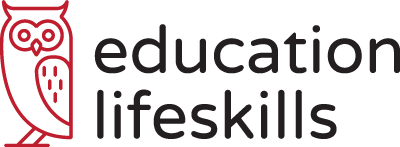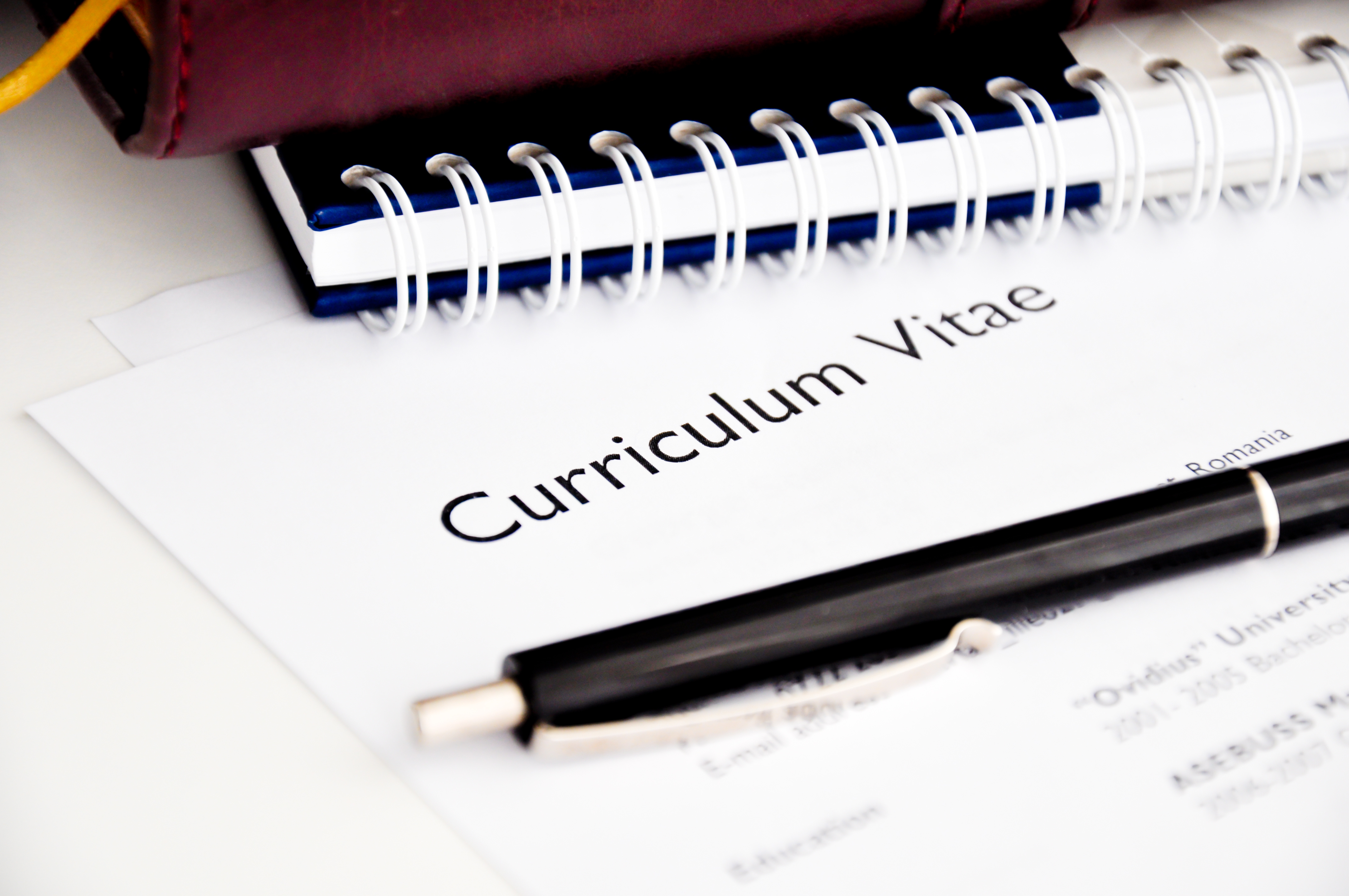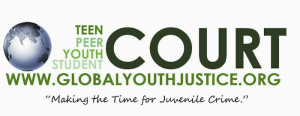School systems in the US often don’t provide life skill lessons in curriculums. The focus is often only on basics of academic work, putting high school graduates at a disadvantage when leaving the system. Students entering the world frequently don’t know how to complete pertinent tasks, such as creating budgets and managing money. If parents don’t teach these skills at home, the students go without necessary knowledge when they begin their lives. Luckily, there are Education Life Skills curriculum courses designed to augment school academics.
What are Life Skills?
Life skills are the attributes learned to deal with day-to- day life as an adult. Public and private schools often touch on many life skills, but don’t delve into the depths. Students who have parents or others teach them valuable life skills have the advantage when real life begins. Life skills can include:
- Managing money
- Mental health
- Stress management
- Dating
- Substance abuse
- Online behaviors
- Cognitive skills
- Leadership
- Positive Thinking
Obtaining Life Skills
Many life skills are only touched upon in schooling. Hours are filled learning basic academia, including math, science, language arts, and history. This doesn’t leave much time for life skills training. If a school district doesn’t offer skills training, it is up to parents to implement programs for children. The process should begin during the early grades, with an age-appropriate curriculum. Various life skills courses are available for use by parents and students.
Boundaries
Children should learn dating boundaries and etiquette before they begin dating. The Boundaries course offers middle and high school students the opportunity to explore dating and relationships. It covers appropriate boundaries and interactions between individuals.
Bullying Prevention
Bullying and teenage suicide are a problem in our schools. Approximately 28% of US high school students have experienced bullying and 70% of students have witnessed bullying in their schools. This course takes a look at the sides of the person bullying and the victim of bullying. It’s a comprehensive course covering bullying and cyberbullying.
Substance Abuse Prevention
Many school programs touch on substance abuse, but few offer in-depth courses on the subject. High school student marijuana and alcohol use has decreased in recent years, but prescription drug use is growing exponentially. This is an evidence-based course which demonstrates the current risks involved for high school students.
Distracted Driving
Teen drivers are the most at-risk age group for distracted driving accidents. The statistics are frightening: 9% of teen drivers are involved in distracted driving fatalities. This course offers an overview of the trend and the risks.
Cognitive Skills
Teenagers in public schools do not receive critical thinking training. For this reason, many don’t succeed in the first years of a career. They may be physically and academically able to succeed, but lack important decision-making skills. This course works to elevate cognitive thinking skills and improve behaviors.
Financial Intelligence
Many students are not taught to manage their own finances and don’t understand the dangers of credit card debt. More students drop out of college due to credit card debt than academic failure.
Our financial intelligence course covers important aspects of financial management, including how to spend within monetary limits.
Media Awareness
It is difficult for parents to keep up with changing technology and student’s online behaviors. This course provides information for teenagers to remain responsible online and outlines risks they may encounter.
Leadership
Many schools offer student leadership opportunities, but the course lacks depth. Students may have involvement in student government, yet don’t learn how to lead people. This course discusses how to become a leader and what traits build desirable leaders.
Marijuana Prevention
With the legalization of marijuana in many states, students are often confused about the drug. This course focuses on thinking errors associated with marijuana abuse. It explores the effects of marijuana abuse on real lives.
Positive Thinking Skills
Up to 8% of teenagers experience depressive episodes and 13.8% have considered suicide. The mental health of our teenagers is suffering, which is why this course is offered. It covers positive thinking and addresses low self-esteem.
Cognitive Sexual Awareness
This course is not the same as sex education. It is designed to increase sexual awareness in teenagers and guide them to make healthy decisions. The course addresses changing bodies and hormones associated with the teenage years.
Tobacco Awareness
The CDC reports that 9 out of 10 smokers started before the age of 18. The prevalence of tobacco is a serious public health concern. This course covers tobacco use and harm to the body, especially for long-term use.
Truancy Prevention
Often students dropping out of school cite social or emotional reasons. This course addresses the fallacies in thinking which lead to student drop-out. It is designed to help students with social, emotional, and academic progress.
Building Life Skills in Youth
Children and teenagers need us to help them. The best way to create a well-rounded adult is to offer not only academic, but life skills. Life skills courses allow teenagers to develop into knowledgeable and cognitively aware adults. If you have a middle or high school student in your home, consider augmenting his or her education with life skills curriculum.




